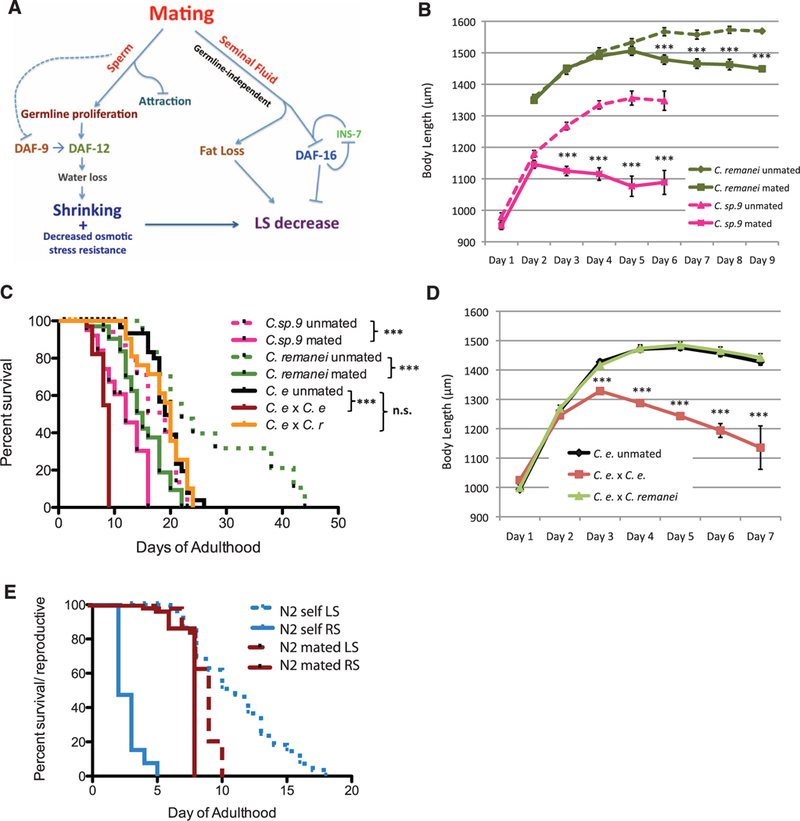Fig. 4. Evolutionary conservation of mating-induced shrinking and death.

(A) Sperm decreases DAF-9 activity and induces germline proliferation, which in turn emits a DAF-12-dependent signal that results in shrinking and subsequent life-span shortening, probably due to reduced osmotic stress resistance. Seminal fluid induces a germline-independent signal that causes both fat loss and DAF-16 cytoplasmic translocation (possibly amplified by INS-7), further reducing life span (LS). (B to D) Mated C. remanei and C. sp.9 shrink (B) and die prematurely (C). C. remanei: unmated: 26.9 ± 2.8 days, n = 48; mated:15.1 ± 0.8 days, n = 48, P < 0.001. C sp.9: unmated: 17.3 ± 1.2 days, n = 42; mated: 11.9 ± 0.8 days, n = 41, P < 0.01. An interspecies cross between C. remanei (C.r) males and C. elegans (C.e) hermaphrodites does not reduce life span (C) or induce shrinking (D). C.e unmated: 19.4 ± 0.6 days, n = 33; C.e × C.e:8.2 ± 0.4 days, n = 36; C.e × C.r. 18.8 ± 0.9 days; n = 27. (E) Postreproductive life span is significantly reduced in mated worms. Unmated N2 worms (n = 60): mean LS = 11.2 ± 0.5 days; reproductive span (RS) = 3.1 ± 0.1 days; postreproductive LS = ~8.1 days. Mated N2 worms (n = 62): LS = 8.7 ± 0.3 days; P = 0.131 (compared with unmated LS); RS = 7.7 ± 0.1 days, P < 0.001 (compared with unmated RS); postreproductive LS = ~1.0 day. *P < 0.05, **P < 0.01, ***P < 0.001 for all graphs. Error bars represent SEM unless noted. n.s., not significant.
